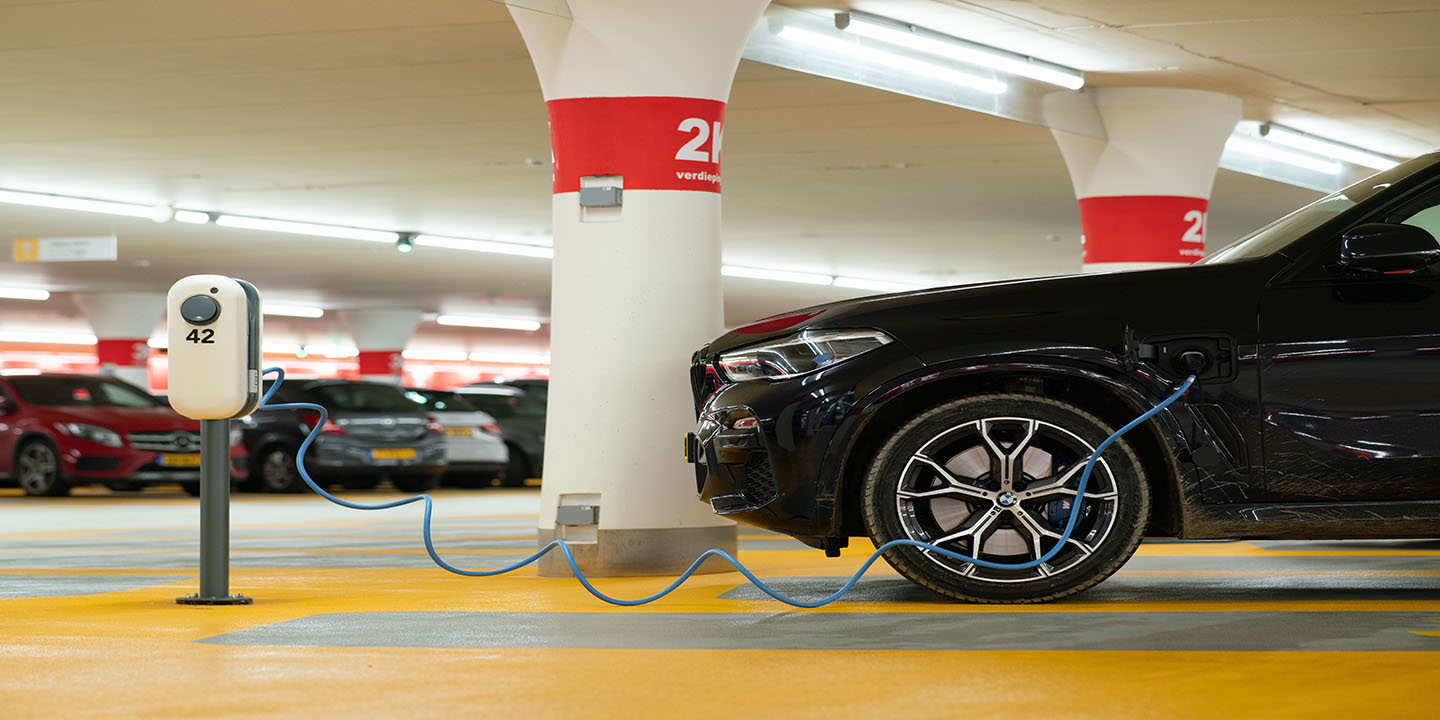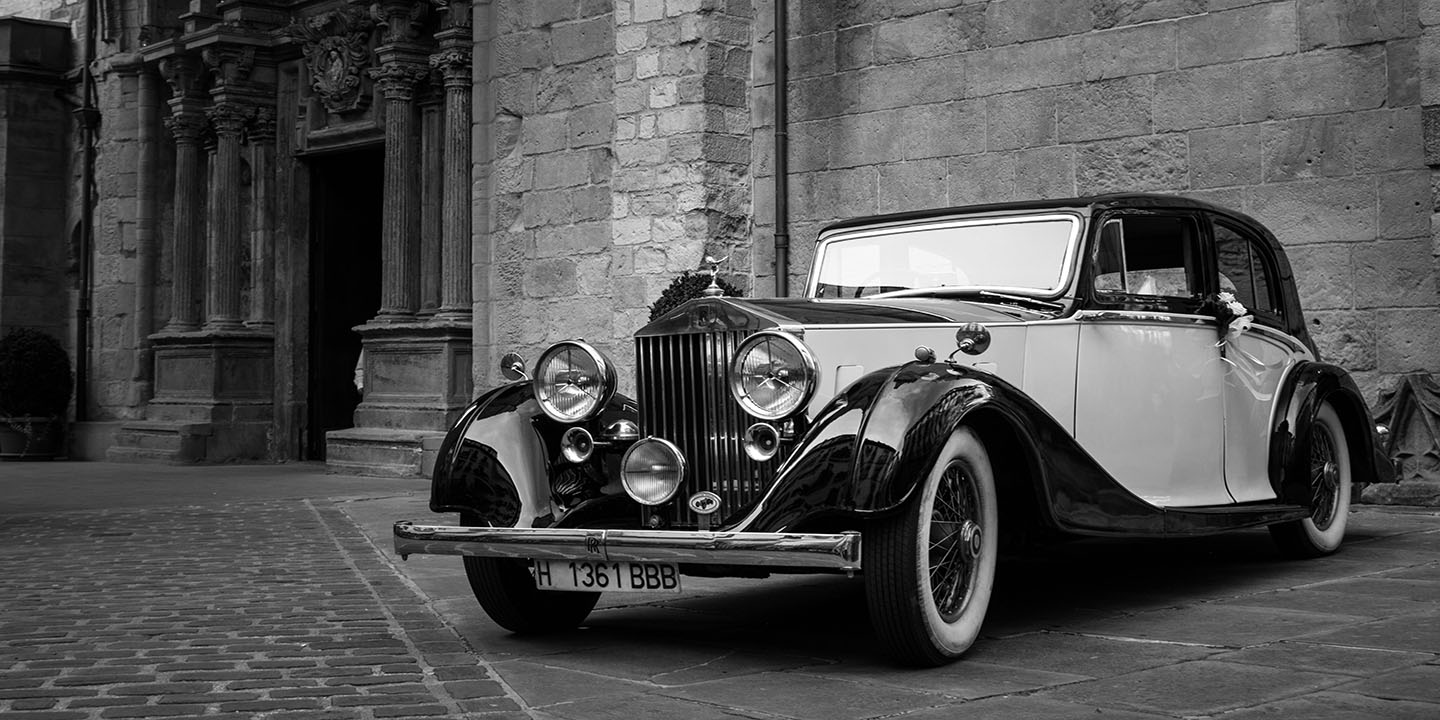The Heavy Hitters Vs. The Newcomers
Think you know all the major car brands from Asia? Think again. Beyond the familiar names, dozens of regional players are making significant strides in electric mobility, rugged utility, and innovative design. Let’s dive into ten lesser-known brands that are definitely worth keeping an eye on before looking at the ones you're almost guaranteed to know.
1. VinFast (Vietnam)
Founded in 2017, VinFast is Vietnam’s first major automaker and a subsidiary of the Vingroup conglomerate. It quickly rose to prominence with electric vehicle ambitions, debuting in the U.S. with the VF 8 SUV. VinFast vehicles are already available in select global markets.
2. Perodua (Malaysia)
Perusahaan Otomobil Kedua, better known as Perodua, is Malaysia’s largest car manufacturer. Specializing in compact and budget-friendly vehicles, it frequently collaborates with Daihatsu for platform sharing. In 2023, Perodua sold over 300,000 cars, outselling even Proton in its home market.
3. Luxgen (Taiwan)
Luxgen was founded in 2009 by Yulon Motor and combines luxury and technology in its niche lineup. The company has released both EVs and gas-powered vehicles. Although sales are limited mostly to Taiwan, Luxgen has attempted expansions into China and the Middle East.
4. Baojun (China)
The brand offers budget-friendly, youth-oriented vehicles, including the futuristic-looking E100 and E300 EVs. Launched in 2010, Baojun is a joint venture between SAIC Motor, General Motors, and Wuling. Its compact cars have gained popularity in China’s tier-two and tier-three cities.
5. Proton (Malaysia)
Proton, short for Perusahaan Otomobil Nasional, was established in 1983 as Malaysia’s first national carmaker. At first, it licensed technology from Mitsubishi, but now benefits from a strategic alliance with China’s Geely. The brand exports to over 10 countries, including Pakistan and Egypt.
6. SsangYong (South Korea)
This brand was once a manufacturer of jeeps for the U.S. Army. Known for SUV-centric lineups like the Rexton and Tivoli, it has repeatedly restructured under new ownership. In 2023, it officially rebranded to KG Mobility and remains popular in export markets.
7. Haima (China)
Derived from a 1990s collaboration between Hainan province and Mazda, Haima began by producing licensed Japanese models. Since splitting from Mazda, it’s focused on electric and budget cars with futuristic styling. Though largely domestic, Haima quietly supplies cars to markets in the Middle East and Latin America.
8. Foday (China)
Pickups and SUVs are Foday’s specialty, but many consumers may not recognize their vehicles. Foday manufactures vehicles for emerging markets in Africa and Southeast Asia, and while it doesn’t have a widespread global brand presence, the company remains a major player in the OEM sector.
9. Togg (Turkey)
Few expected Turkey to launch a tech-savvy EV brand, but Togg made that happen with its sleek T10X SUV in 2023. The brand, which spans Asia and Europe, is backed by major Turkish industrial groups and emphasizes local sourcing. Its factory in Gemlik is fully powered by renewable energy.
10. Chang'an (China)
Although Chang'an is one of China’s "Big Four" automakers, it remains relatively unknown in Western markets. It partners with global giants like Ford and Mazda while producing innovation-heavy models. The UNI-T crossover features AI-based driver assistance and a minimalist interior.
Now that we're out of the woods, let's consider some familiar auto names and their histories.
1. Toyota (Japan)
No list of dominant automakers skips Toyota, the world’s top-selling car brand in 2023. The brand was founded in 1937 and revolutionized manufacturing with lean production methods. Models like the Prius led the global hybrid wave, while the Corolla remains the best-selling car ever.
2. Hyundai (South Korea)
From humble beginnings in 1967, Hyundai has grown into a global force, selling over 3.5 million cars annually. Its current lineup includes the award-winning Ioniq 5 EV and the sporty N models. Hyundai also owns a controlling stake in Kia.
3. Honda (Japan)
Honda started as a motorcycle company before producing its first car in 1963. Enduring models like the Civic and Accord are staples in North America. Honda entered the aircraft industry with the HondaJet, and its VTEC engine tech became iconic among performance fans.
4. Nissan (Japan)
Nissan was initially founded as Datsun in the 1930s. Now, it is a key player in the global auto market and a leader in EVs. Its Leaf, launched in 2010, became one of the world’s best-selling electric cars. The company is part of the Renault–Nissan–Mitsubishi Alliance.
 Kārlis Dambrāns from Latvia on Wikimedia
Kārlis Dambrāns from Latvia on Wikimedia
5. Kia (South Korea)
Once seen as a budget-only brand, Kia has redefined itself with a sleek design and advanced tech under Hyundai’s ownership. The Telluride and EV6 have won international awards for innovation and performance. It traces its roots to making bicycle parts in 1944 and maintains an “Opposites United” design philosophy.
6. Suzuki (Japan)
Suzuki dominates India’s market through its joint venture, Maruti Suzuki. The Alto and Swift models are household names in South Asia. Suzuki has also partnered with Toyota for hybrid technology, and its small car strategy has earned it a loyal following in Southeast Asia and Africa.
7. Lexus (Japan)
Created by Toyota in 1989 to compete with German luxury brands, Lexus rapidly gained a reputation for quality and refinement. Its LS400 sedan shocked the industry with its quiet ride and craftsmanship. Today, Lexus leads the market for hybrid luxury vehicles.
8. Mitsubishi (Japan)
This brand, a member of the Renault–Nissan–Mitsubishi Alliance, now leans heavily into plug-in hybrid vehicles like the Outlander PHEV. Its origins trace back to 19th-century shipbuilding, but it gained fame through the rally-ready Lancer Evolution and rugged SUVs. Today, it continues to hold strong market positions in Southeast Asia and Oceania.
9. Subaru (Japan)
Known for standard all-wheel drive, Subaru has carved out a unique niche in performance and adventure-oriented vehicles. The Outback and Forester are favorites in snowy regions. Subaru's rally heritage helped popularize the WRX series. It also maintains a strong cult following in the U.S. and Australia.
10. Mazda (Japan)
Distinctive styling and responsive handling define Mazda’s approach, exemplified by its Kodo design language and SkyActiv technology. It began in 1920 as a cork company before building its first car in 1960. The MX-5 Miata is the best-selling two-seat roadster of all time.


























